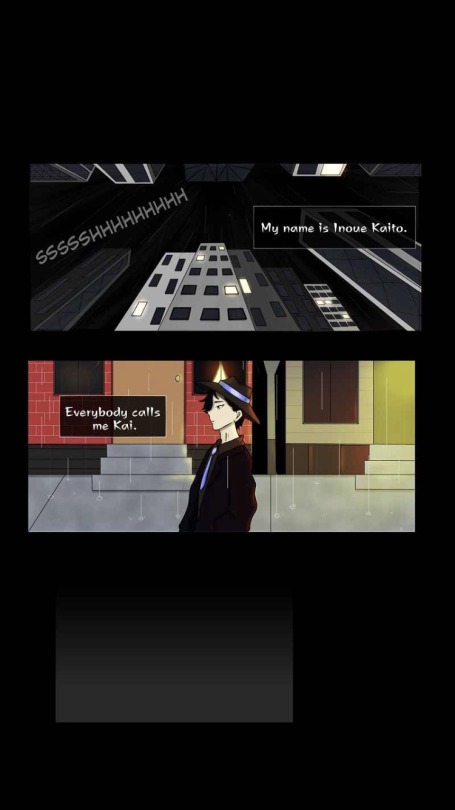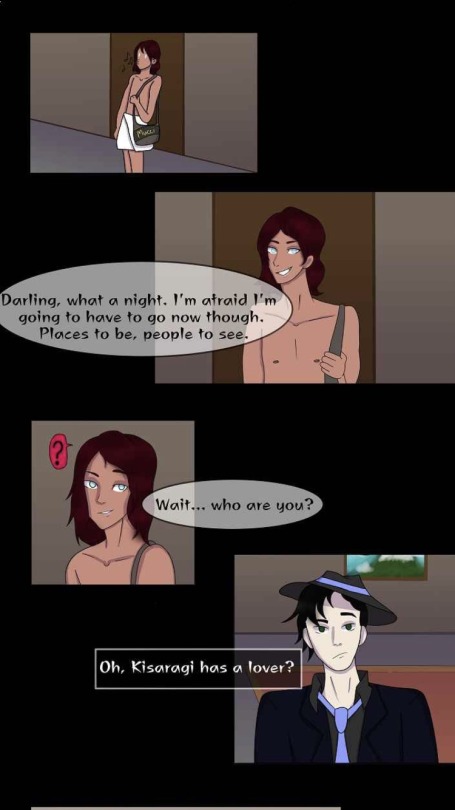Writing Tips for a Comic Script
I didn’t know how to write a script for a comic.
I’d written books, short stories, news articles, report papers, feature scripts (for class!) and one-sheets. But I’d never written a comic script before.
Scrolling through a famous Webtoon artist’s Instagram at midnight, I spied a call for writers to meet with artists and create, of all things, a brand new Webtoon.
Tired and bleary-eyed from mindless scrolling, I shrugged and put my name and a few comic book ideas I had into the comments section and pressed submit.
Then somebody contacted me.
And another reached out.
And they reached out to other artists and editors.
Before I knew it, we had a right solid team to create a Webtoon. (”Pickup Artist’s Apprentice” is its name).
And I had no idea how to write a comic book script.
I dove into forums that entire day, getting kicked out or politely redirected to other artistry websites, and I’d finally seen enough comic script samples to GUESS at how to put a “pilot episode” together myself.
There’s probably no standard way to write for a webcomic, but here’s what I pieced together through trial and error.
A comic is made of pages (even digital). Each page holds a set amount of panels. If you’ve ever looked at a TV/film script before, this will appear familiar to you.
To use TV/film terminology, think of each panel as a static shot. You’ve got your wide shots, close-ups, and everything in-between, right?
For those who don’t know film/TV, bear with me.
Imagine, if you will, that your mind is a camera. You want to portray a man walking down the street. Aerial, you’re looking at the man from above his head. Wide, you’re looking at a lot of the street and the man from a side-view. Close-ups, you’re staring directly into his face.
Now, a comic script might look something like this.
Episode One (3 Panels Total)
Panel 1
Wide, top down exterior view of rain, falling over a shadowy city
Panel 2
A well-dressed young man, KAI, walking down a darkened street at night. One hand in his suit jacket pocket, the other free. Rain pours down his wide-brimmed hat.
Caption
My name is Inoue Kaito. Everybody calls me Kai.
Panel 2
Medium interior view of a male silhouette from the back, lying on the ground, slumped over. Kai holds a gun languidly, staring at the rows of picture frames on the desk.
Panel 3
– black transition for dramatic effect-
And THIS is how this script looks when drawn out.

Your CAPTIONS will differ from your DIALOGUE. Captions can be shifted to become time-stamps to indicate the passage of time, it can be a character’s internal monologue, maybe a place setting.
Your dialogue are what’s actually SPOKEN in the comic’s world.
Like so…
SAMPLE SCRIPT
Panel 14
Angel, whistling with a designer handbag.
Panel 15
A handsome Latino man, ANGEL, older than Kaito, walks out of the bathroom, fresh out the shower. Dressed in nothing but a towel and stealing Kisaragi’s wallet behind his back, plucking some tiny shampoos and stuff. Reapplying some makeup.
Panel 16
Angel close-up, still oblivious to Kai.
ANGEL
“Darling, what a night. I’m afraid I’m going to have to go now though. Places to be, people to see.”
Panel 17
Angel close-up, confused by newcomer’s presence.
ANGEL
“Wait… who are you?”
Panel 18
Close-up of a stunned KAI.
KAI
Oh, Kisaragi has a lover?

Now, while film scripts often have a little less direction in terms of what angle to use, etc., comic scriptwriting tends to be a little more exacting. Film scripts are left purposefully vague because of respect for the director’s vision. Comics tend to be more detailed in exactly what angle you’re going for because each panel requires a tremendous amount of effort to draw/visualize.
I’ve also seen comics take a more lax route in terms of direction once the writers and artists collaborate and get to know each other.
As for further tips for writing a webcomic, here are some basics.
1. have a general plot for where your episodes are going. If you’re writing a series, have plans for SEASONS with big reveals for finales/cliffhangers.
2. Know your characters well. Like casting for a movie, it’s important to note all important characters ahead of time, allowing the artists to work on character design
3. Lay out a setting, again, for artists’ to design the concepts and backgrounds.
And, finally, if you’d like to see further samples of how this webcomic came to be, check out and support https://www.webtoons.com/en/challenge/pick-up-artists-apprentice-/list?title_no=190920 by EZ Irsomakizae Studios. We’re a group of volunteer artists making something we love, and we’d surely be grateful for the help! Instagram: https://www.instagram.com/ezirsomakizaestudios/